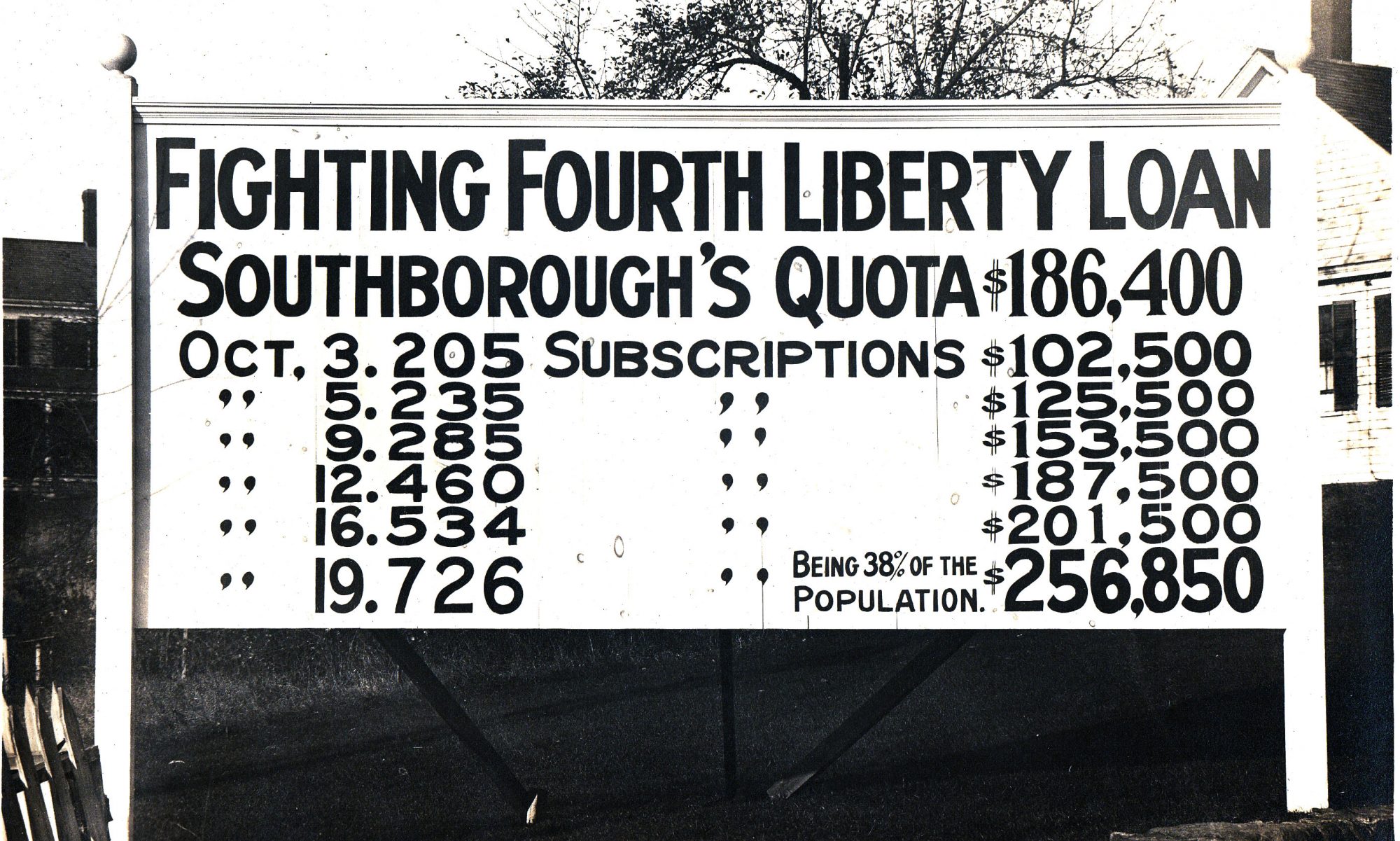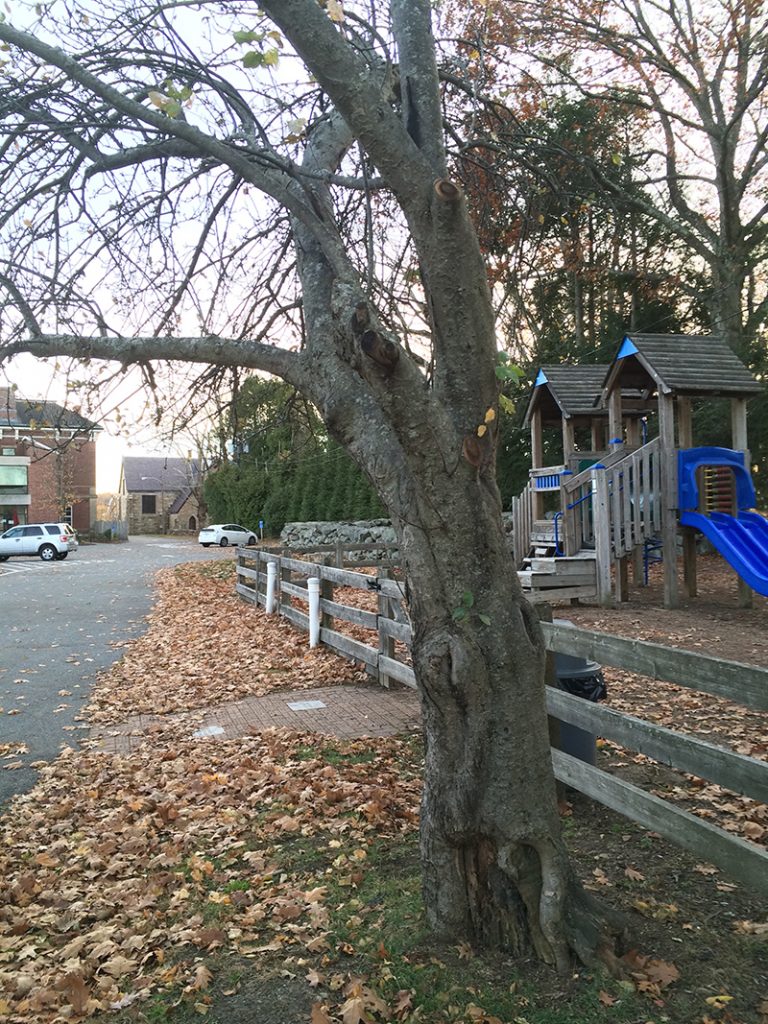Mr. Parry is the second candidate to reply. Here are his answers. Eds
1) Given the argument above on the fluidity of Town board makeup, would you commit now to placing a preservation restriction to protect the exterior of Fayville Town Hall before it is sold? If not, why not?
Fayville hall should have preservation restrictions on its facade. That would ensure it is saved forever, by future owners, not by one owner., and then destroyed. That warrant article was NOT thought through properly.by the Selectmen. Had the article been worded differently from the start, by the Selectmen, with Preservation Restrictions , I am confident it would have been overwhelmingly approved. There is simply no strong leadership on the Bd of Selectmen to preserve our heritage. The notion that a preservation restriction reduces the value of a building is simply not true. In many cases they increase the buildings value, through prestige value. There are many builders potentially interested in this building with preservation restrictions on it, permanently. Fayville Hall deserves protection just as much as downtown Southborough Main street buildings. It is not a second class neighborhood.
2) Study after study has shown that taxes on single family homes don’t cover their cost to the Town, and each new build actually contributes to higher rates for everyone. Given that, what would you propose to limit further development and increase the quality of life for current residents.
Please see my answer under 4
3) If the majority of home-owners in a particular area of Town favored the creation of an historic district, would this have your support.
Yes
4) Would you support the Town acquiring any open parcels that come out of agricultural use to prevent their development
Yes open space should be purchased whenever possible, because single family homes produce so many schoolchildren, and school education. takes 3/4 of our budget. The key is to purchase the most visible and attractive parcels…. Those which add scenic value to our town., such as the golf course (which we just did), or open which is good for recreation. Then we get more “bang for the buck”. There is far less point in purchasing steep and Rocky or wet , wild land which is hidden from public view …we have to very selective because we have limited funds.
5) What other ideas do you have to promote and protect the historic nature of Southborough?
Please see my answer under 6 below
6) What plans might you suggest to revitalize the Main Street area economically and aesthetically once the road improvements are done?
The question relates to how we can improve on the design for the rebuilding of historic Main St. The key missing design element , or feature, critical to making Main St historically accurate and far more attractive is the following: REMOVAL OF THE UGLY UTILITY POLES AND OVERHEAD CABLES.
Many other towns have accomplished this. For instance, Hudson, Marlborough, Shrewsbury etc …thousands in all. Now imagine what future generations will say when the street is rebuilt but the incredibly ugly poles and cables remain, they will say …”What were they thinking? They had the opportunity, and the did not even try! What a shame.”
I want residents in 100 years time to look back at us and say: ” They had the foresight to accomplish an incredible plan when they had the opportunity. ” That is OUR job now…to wake up before it is too late , and grasp this opportunity.
Another missing element to the Main Street redesign is the design for the downtown commercial block. Where the railroad crosses the road. This deserves special treatment for sidewalks and lighting, benches, canopies, and landscaping. I believe that the business owners themselves should be put n charge, with technical assistance. Let the business owners themselves entertain the possible treatments, and then propose a solution for wider public review. I am confident they will do a fantastic job because the know all about retailing , and they have huge self interest in making this core block a big success.
Now that is REAL local participation.
7) And finally, if plans were developed for a cultural corridor linking the Library, the Old Burial Ground, the Museum, the Town House, St Marks church and the cemetery, would you be generally supportive of such an idea?
Yes













